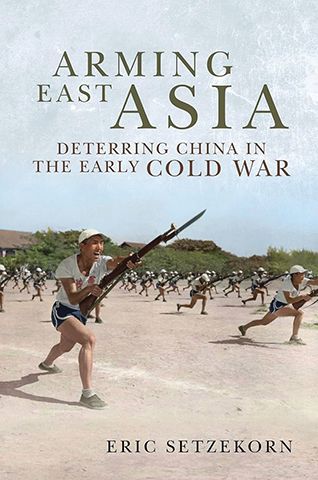 By Christopher Miskimon
By Christopher Miskimon
After China fell to Communist rule in 1949, it became a new threat to the West in the fledgling Cold War. Its participation in the Korean War only served to highlight this threat. After Dwight Eisenhower became president of the United States in 1952, his administration began an effort to contain China, much as the US did to the Soviet Union. Using military aid and advisory efforts, Eisenhower strove to keep East Asia free, rather than direct troop deployment as Truman, Kennedy and Johnson used. The US spent billions of dollars and extensive effort developing the militaries of Japan, South Korea, Taiwan, Thailand and South Vietnam. By 1960, these nations and others could field forces totaling over 1.4 million troops.
This book relates the efforts the US made to deter a major war in East Asia in the 1950s. The information the author provides is relevant to the conflicts of the 1960s throughout the region. It gives the reader insight into the strategic decisions which influenced later events. It convincingly argues Eisenhower’s approach was a cost-effective and sustainable method of deterrence.
Arming East Asia: Deterring China in the Early Cold War (Eric Setzekorn, Naval Institute Press, Annapolis MD, 2024, 306 pp., photographs, notes, bibliography, index, $31.95, HC)
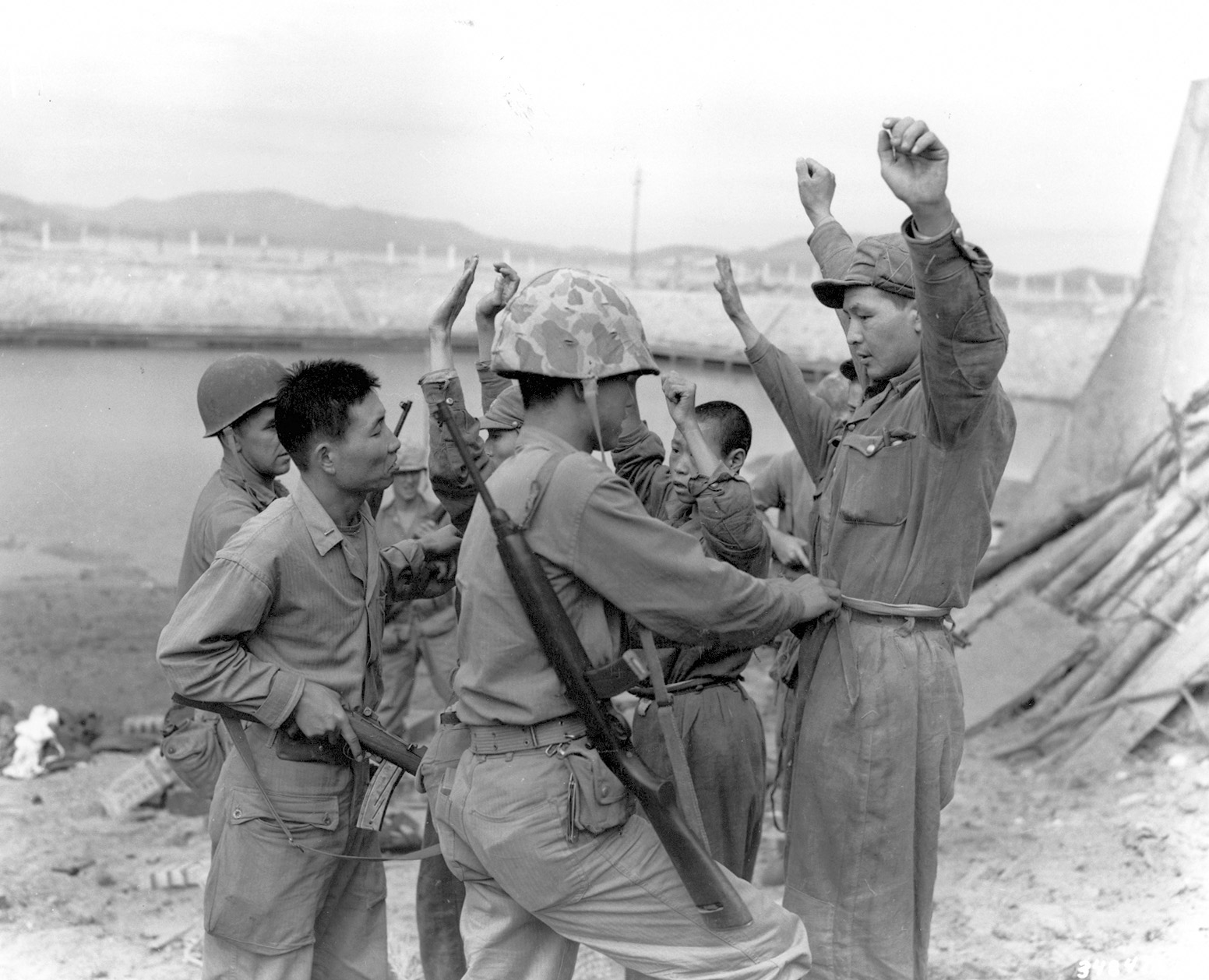
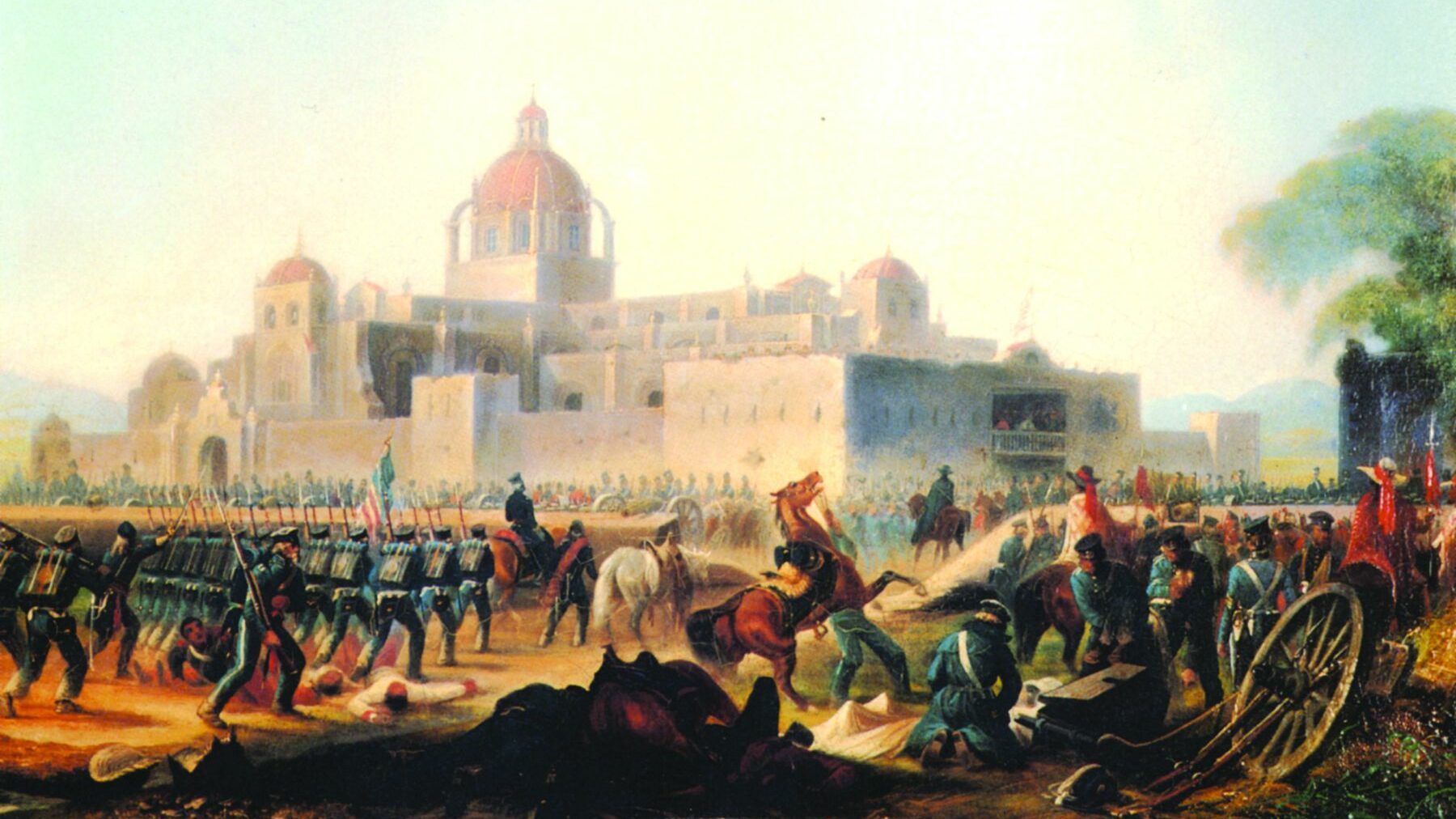
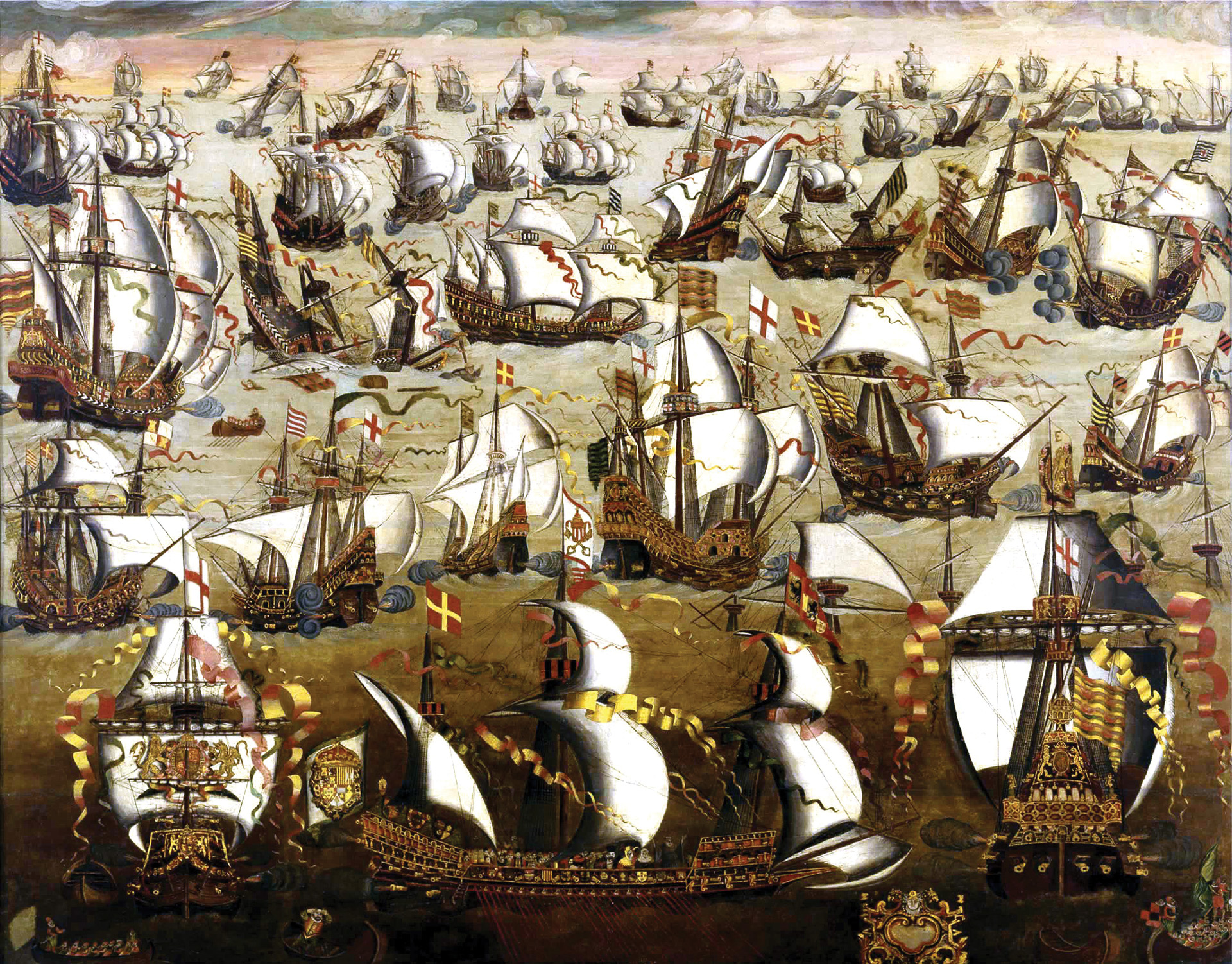
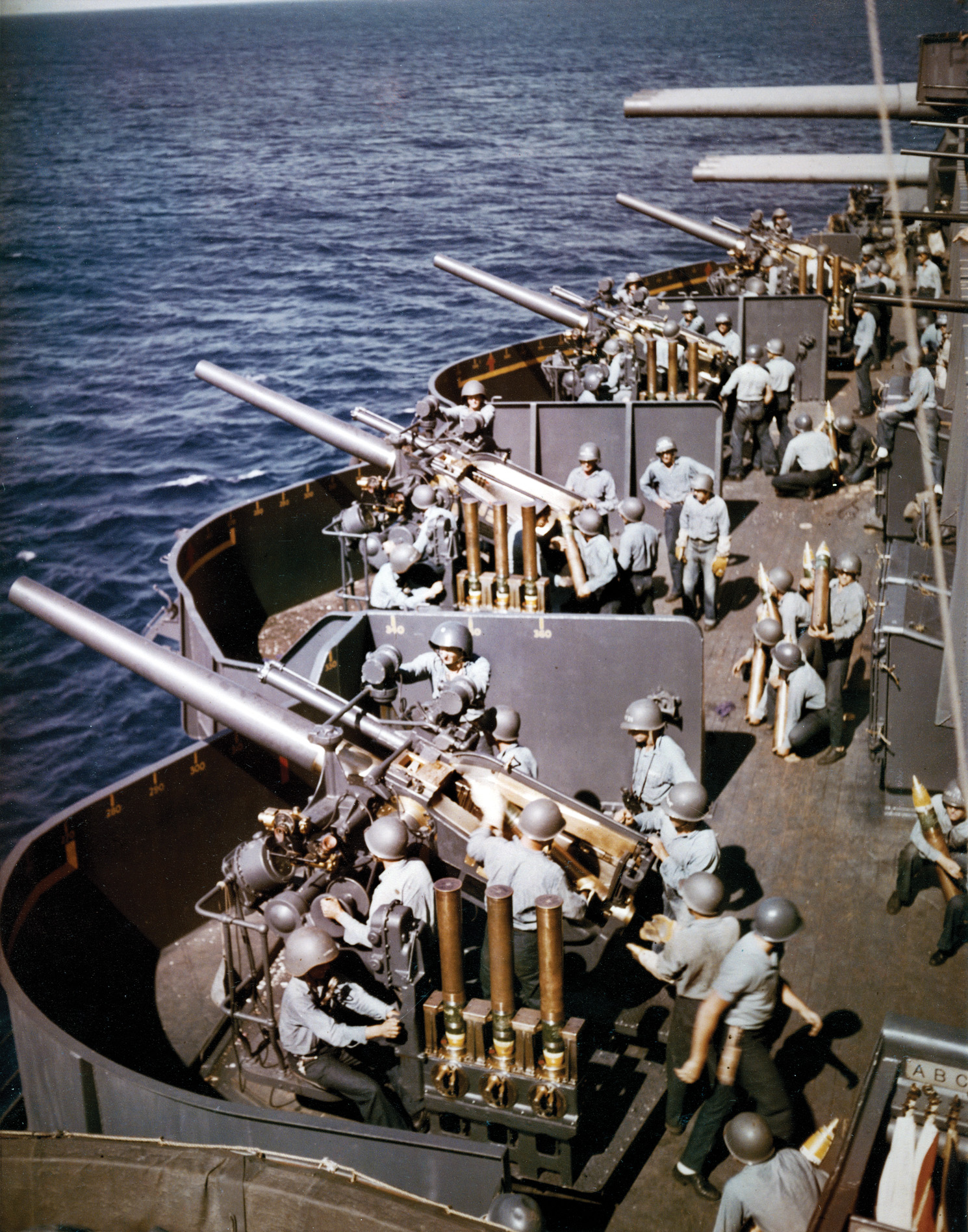
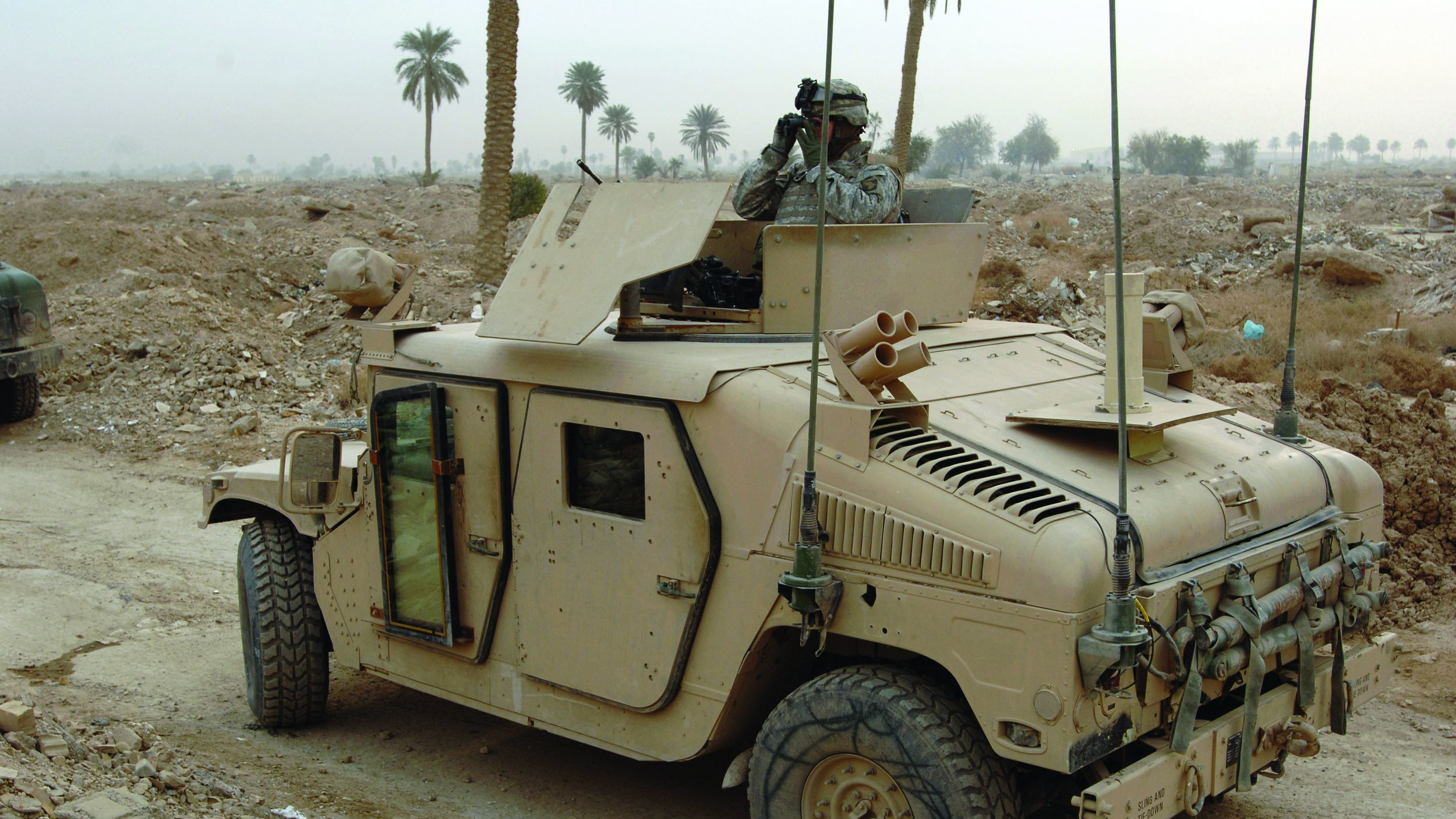
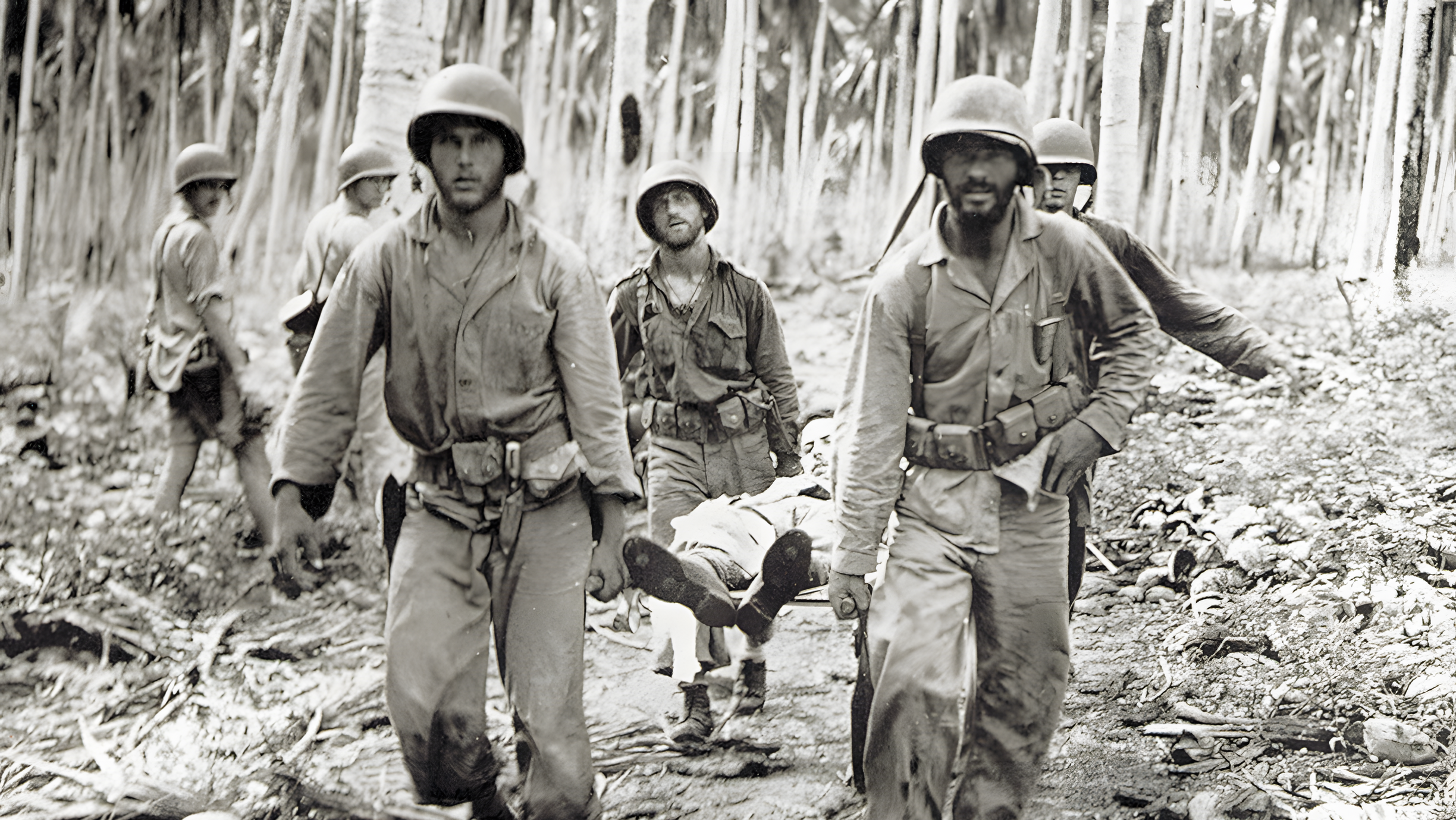
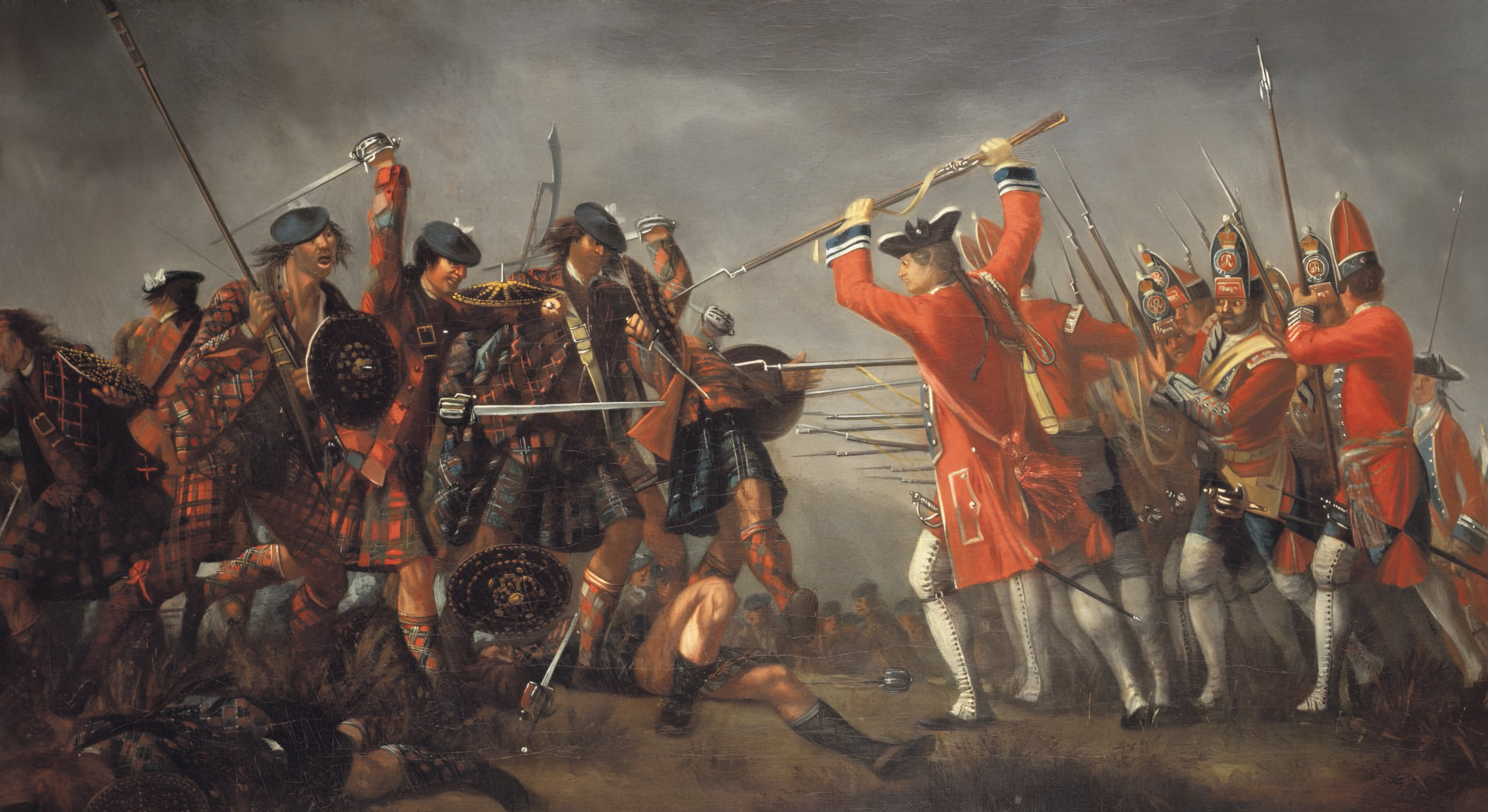
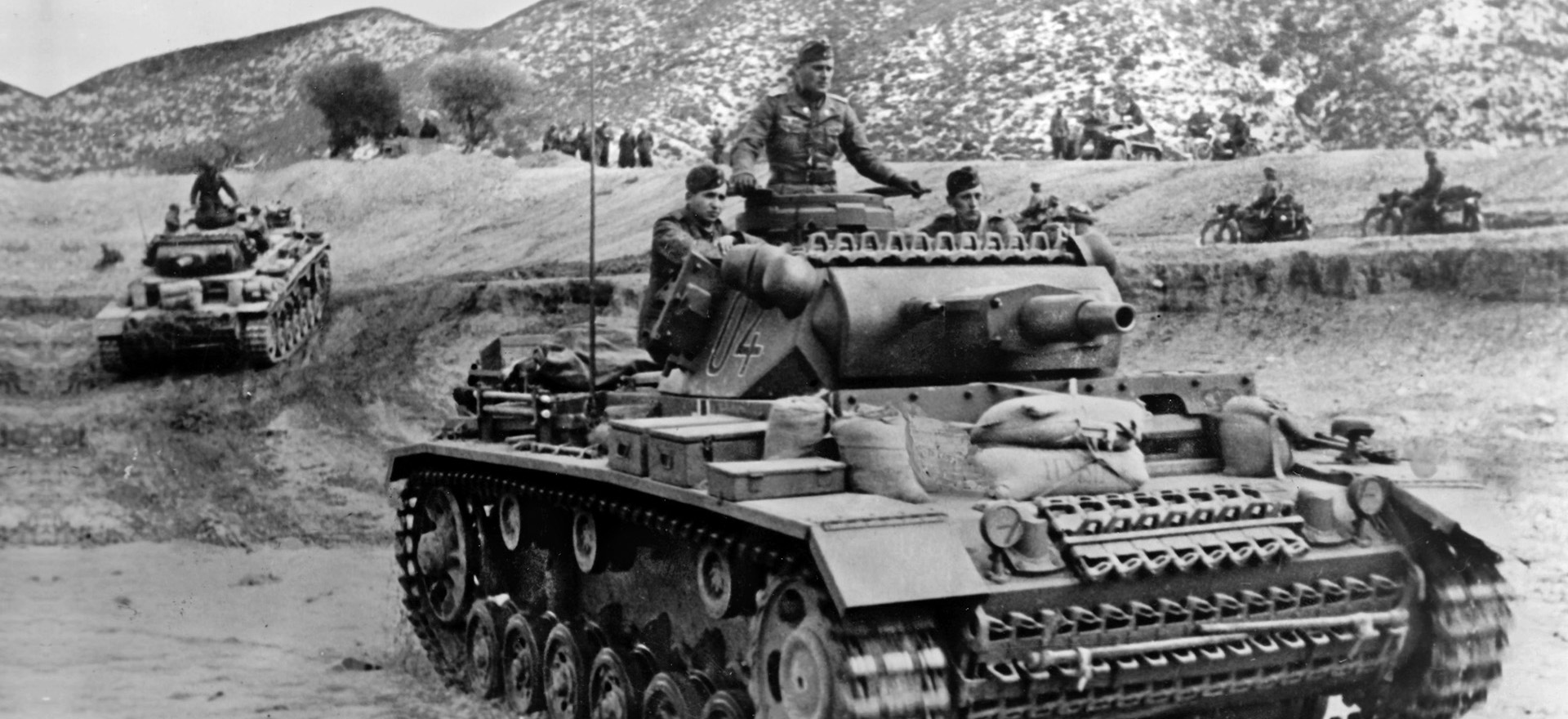
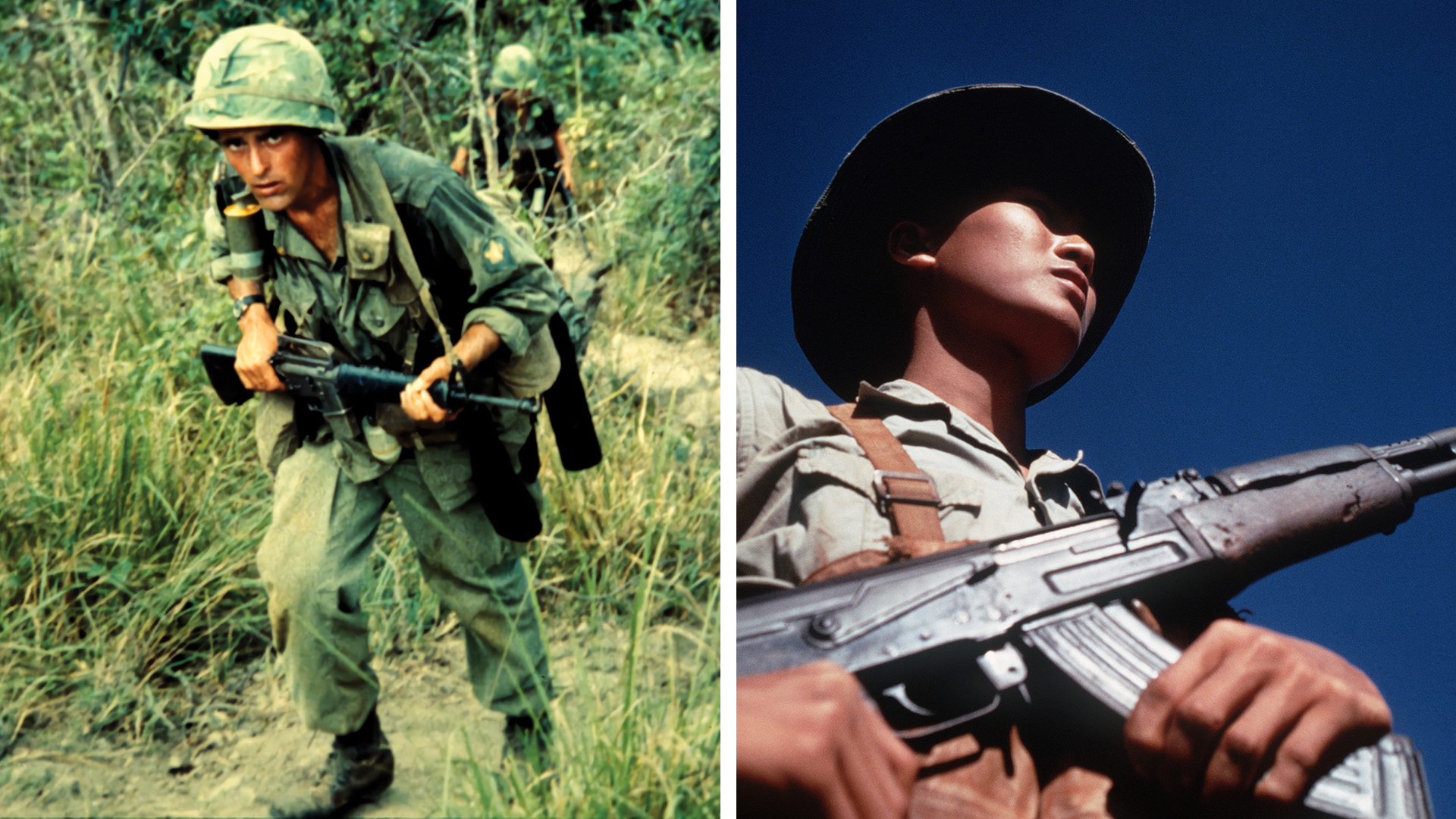
Join The Conversation
Comments
View All Comments